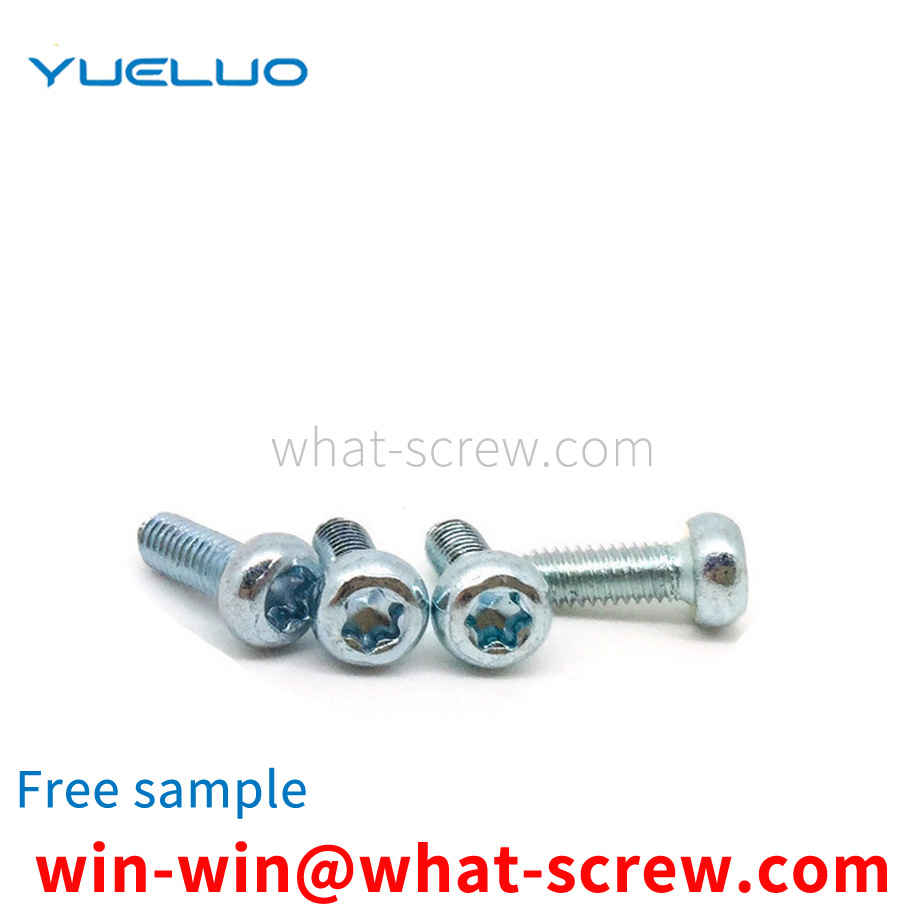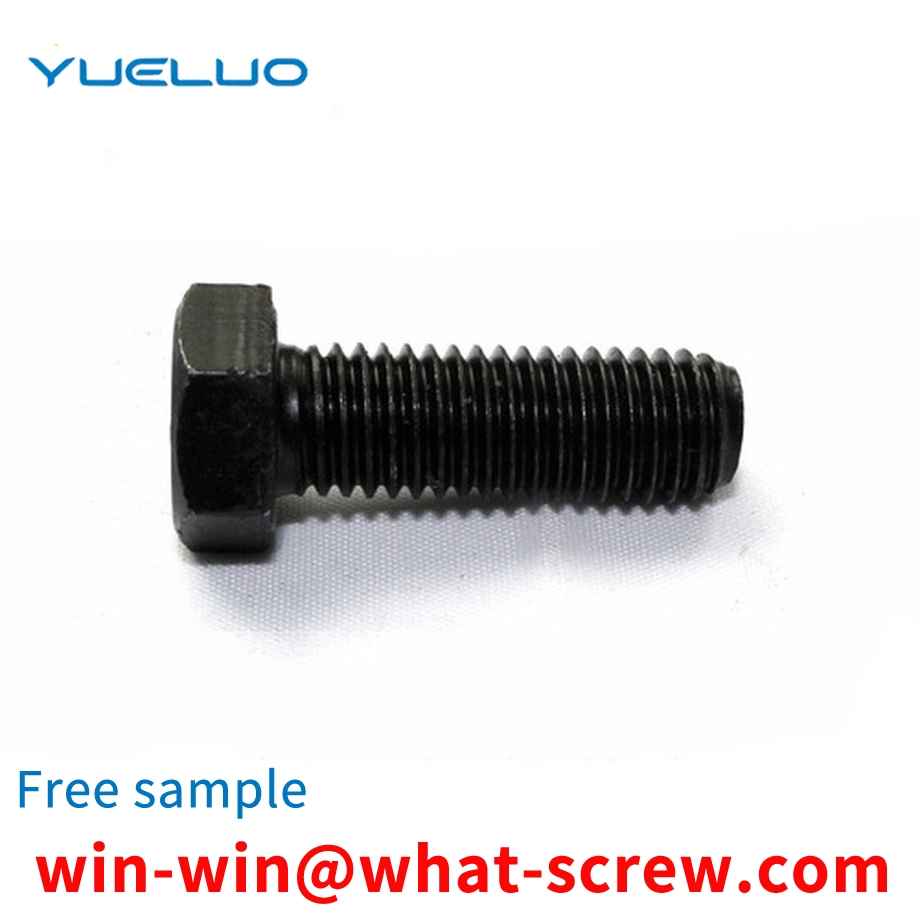In the existing joint replacement, self-tapping screws are mostly used, and their triangular thread structure has a certain self-locking ability. After a long period of service, it is prone to loosening. The surrounding bone may not be tight enough after implantation, resulting in a sharp decline in its self-locking ability, and there may be a risk of regression, causing certain damage to the human body.
The spring self-locking nut is a spring clip self-locking nut, which consists of an S-shaped spring clip and a self-locking nut. The S-shaped spring clip is provided with a fixing hole (3) for fixing the self-locking nut, which is used for the transition through the bolt. The self-locking nut is placed between the clamping hole and the transition hole (4), and is clamped in the clamping hole. The utility model adopts the elastic force of the spring clip to fix the self-locking nut on the connecting plate or the support. Not only is it convenient to install, but also has good reliability after installation.
Blind rivets are a type of rivets for single-sided riveting, but they must be riveted with a special tool - a rivet gun (manual, electric, pneumatic). This type of rivet is especially suitable for riveting occasions where it is inconvenient to use ordinary rivets (which must be riveted from both sides), so it is widely used in construction, automobiles, ships, aircraft, machinery, electrical appliances, furniture and other products. Among them, the open type oblate head blind rivets are the most widely used, the countersunk head blind rivets are suitable for riveting occasions that require smooth performance, and the closed blind rivets are suitable for riveting occasions that require higher load and certain sealing performance.
It can be seen from the figure that no matter how the screw core swings, it will not fall off from the screw sleeve. This is because part of the bead 5 is stuck in the hole 6 of the screw sleeve 1 and the other part is stuck in the screw core 2. In the groove 8, it plays the role of positioning. If the screw sleeve rotates clockwise, the beads 5 can only slide in the groove 8 of the screw core 2 under the driving of the screw sleeve 1 and cannot drive the screw core 2 to rotate. If the screw sleeve 8 rotates in the opposite direction, the bead 5 will be stuck on the stop 7 of the screw core 2 so as to drive the screw core 2 to rotate.
The drawing process has two purposes, one is to modify the size of the raw materials; the other is to obtain basic mechanical properties of the fasteners through deformation and strengthening. For medium carbon steel, medium carbon alloy steel also has another purpose, that is, to make the wire rod. The flaky cementite obtained after controlled cooling is cracked as much as possible during the drawing process to prepare for the subsequent spheroidization (softening) annealing to obtain granular cementite. However, some manufacturers arbitrarily reduce the drawing in order to reduce costs. The excessive reduction rate increases the work hardening tendency of the wire rod, which directly affects the cold heading performance of the wire rod. If the distribution of the reduction ratio of each pass is not appropriate, it will also cause torsional cracks in the wire rod during the drawing process. In addition, if the lubrication is not good during the drawing process, it can also cause regular transverse cracks in the cold drawn wire rod. The tangential direction of the wire rod and the wire drawing die is not concentric at the same time when the wire rod is rolled out of the die, which will cause the wear of the unilateral hole pattern of the wire drawing die to aggravate, make the inner hole out of round, and cause uneven drawing deformation in the circumferential direction of the wire. The roundness of the steel wire is out of tolerance, and the cross-sectional stress of the steel wire is not uniform during the cold heading process, which affects the cold heading pass rate. During the drawing process of the wire rod, the excessive surface reduction ratio will deteriorate the surface quality of the steel wire, while the too low surface reduction ratio is not conducive to the crushing of the flaky cementite, and it is difficult to obtain as much granular cementite as possible. , that is, the spheroidization rate of cementite is low, which is extremely unfavorable to the cold heading performance of the steel wire. For the bar and wire rod produced by the drawing method, the partial surface reduction rate is directly controlled within the range of 10%-15%.
We have many years of experience in the production and sales of screws, nuts, flat washers, etc. The main products are: hot-dip galvanized hexagon nuts, carbon steel black one-piece decorative nuts, DIN934 stainless steel 304 hexagon nuts, half-crescent round washer nuts and other products, we can help you Provide the right fastener solution for you.



















 Service Hotline
Service Hotline




